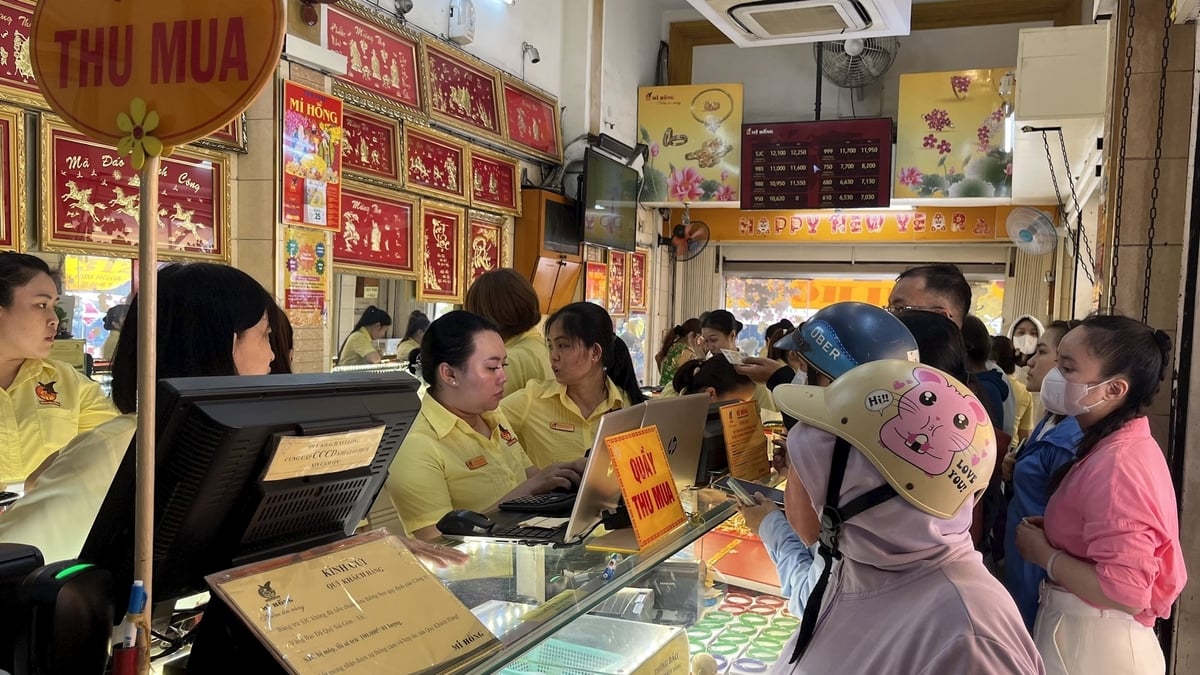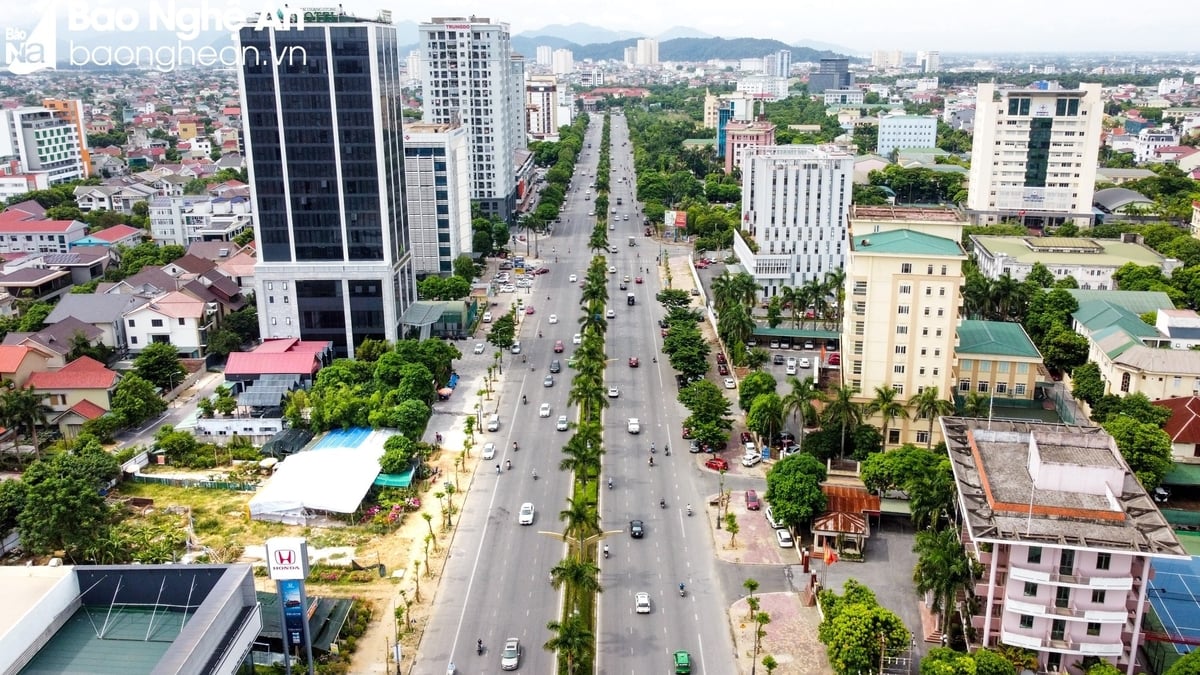Hanoi underwent a dramatic transformation in the late 19th and early 20th centuries when the French occupied, planned, and rebuilt Hanoi . The old citadel was lost, leaving behind many regrets. But new streets were born and shaped the architectural beauty of Hanoi until today.
 |
| Ribbon cutting ceremony to open the exhibition "Old Citadel - Old Street". |
On the occasion of the 69th anniversary of the Liberation Day of the Capital (October 10, 1954 - October 10, 2023), on the morning of October 6, at the Thang Long Imperial Citadel heritage site, the Thang Long - Hanoi Heritage Conservation Center coordinated with the National Archives Center I to organize the exhibition "Ancient Citadel - Old Street".
The late 19th and early 20th centuries marked important changes in Hanoi under the influence of the French in all fields, especially in planning and construction.
After occupying Hanoi, the French quickly implemented the idea of turning Hanoi into a European-style city, choosing Hoan Kiem Lake as the center and starting point for this plan.
Here, the French built the administrative headquarters of the colonial government at all levels such as: the Governor's Office of Tonkin, the Governor's Office of Hanoi, the Bank of Indochina, and the Hanoi Post Office on the streets near Hoan Kiem Lake.
Along with the plan to destroy Hanoi citadel, the French gradually built a large political center symbolizing the colonial government throughout Indochina in the western area of Hanoi citadel.
New European-style streets were opened, such as: Victor Hugo Street (now Hoang Dieu), Carnot Avenue (now Phan Dinh Phung), Nationale Avenue (now Chu Van An Street), Républicque Avenue (now Hoang Van Thu Street), Brière de l'Isle Street (now Hung Vuong Street), Puginier Avenue (now Dien Bien Phu Street), Giovaninelli Avenue (now Le Hong Phong Street)...
In this area, the French built the Palace of the Governor General of Indochina (1901-1905), the Indochina Finance Department (1925-1928), and Albert Sarraut School (1915).
 |
| Delegates visit the exhibition. |
Thang Long Imperial Citadel - Hanoi Citadel only retains a few structures such as: Flag Tower, Doan Mon, dragon steps in front of Kinh Thien Palace, Hau Lau, North Gate...
By planning and renovating the city, the French transformed a traditional Asian-style urban area into a new urban area with a blend of new spaces and new Western-style architecture. New neighborhoods, new political and administrative centers were built. The French also gradually expanded the city to the west and south.
The exhibition "Old Citadel - Old Street" introduces about 150 documents and images, including 2 themes: Citadel by the street and Hanoi Streets - East-West Intersection.
These themes show the profound changes of Hanoi. At the same time, the public has the opportunity to rediscover the ancient beauty of many historical architectural works from about 100 years ago that still exist today.
Speaking at the opening ceremony, Associate Professor Tran Duc Cuong, Chairman of the Vietnam Historical Science Association, highly appreciated the efforts of the Thang Long - Hanoi Heritage Conservation Center in coordination with the National Archives Center I in storing, researching documents and bringing to the public valuable documents about Hanoi in the early years of the French colonial period. Thereby, helping people understand and love the beauty of the city more.
( According to dangcongsan.vn )
.
.
Source


































































































Comment (0)